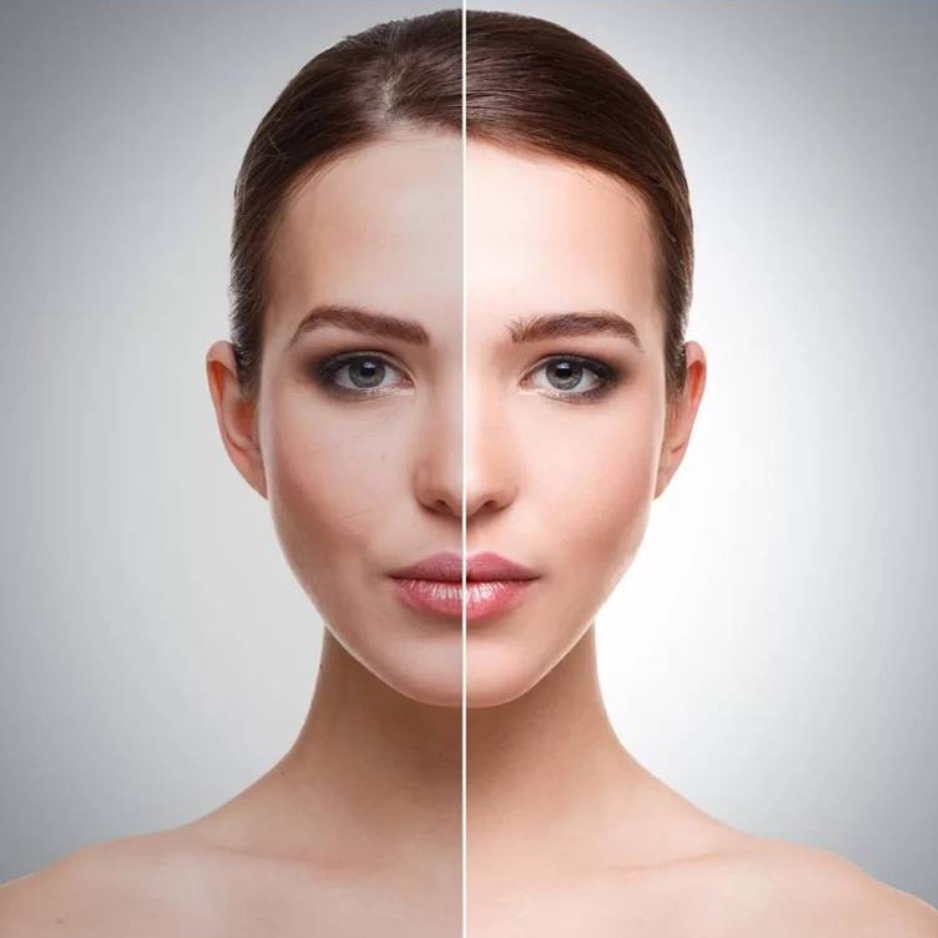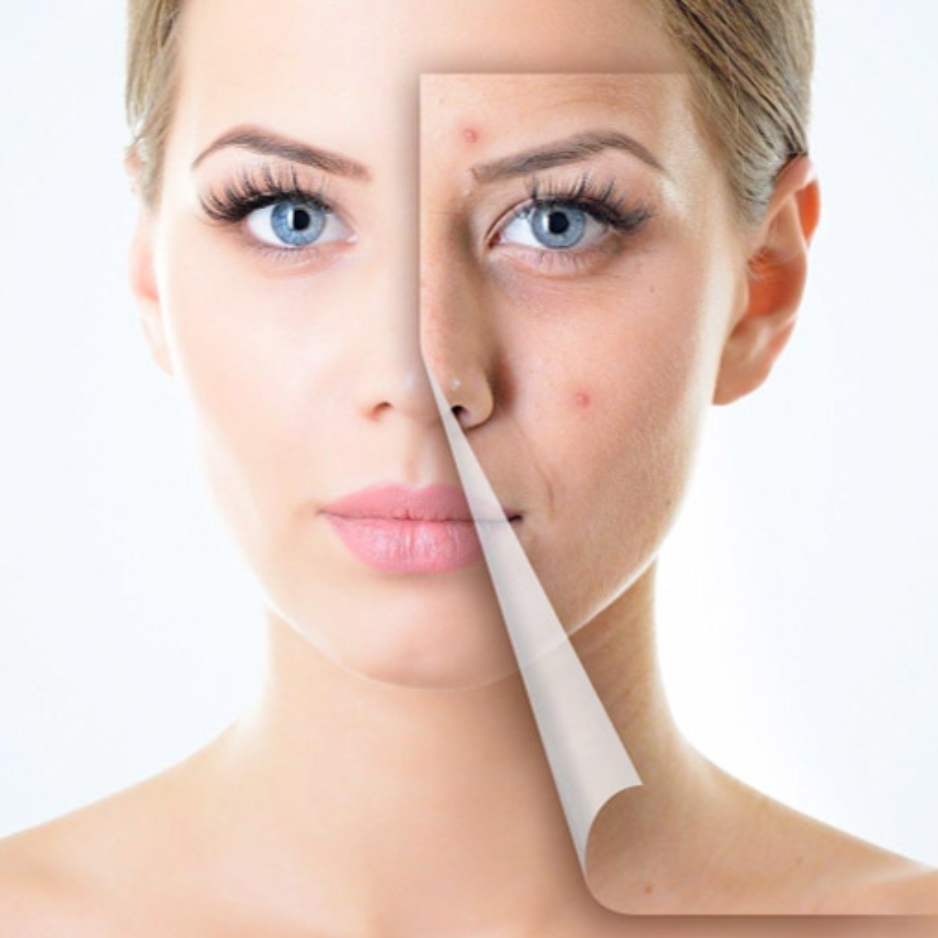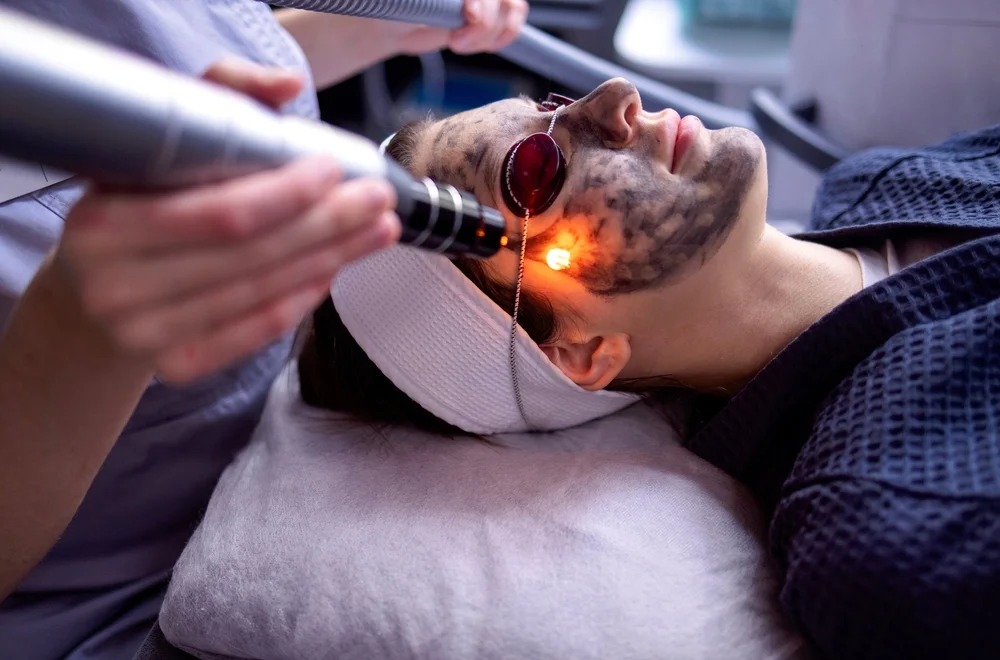
ACNE
ACNE (Acne Vulgaris) is a common skin condition that occurs when hair follicles under the skin become clogged with oil (sebum) and dead skin cells. It can manifest as pimples, blackheads, whiteheads, nodules, or cysts, and it typically appears on the face, chest, back, and shoulders.
Causes of Acne:
- Excess Oil Production: Overactive sebaceous glands produce too much sebum, leading to clogged pores.
- Clogged Hair Follicles: Dead skin cells accumulate and combine with oil, blocking pores.
- Bacteria: The bacteria Cutibacterium acnes (formerly Propionibacterium acnes) can grow in clogged pores, causing inflammation.

PIGMENTATION
Pigmentation refers to the coloring of an organism’s tissues, and in humans, it specifically relates to the color of the skin, hair, and eyes, which is determined by the amount and type of pigments present in these tissues. The primary pigment responsible for skin color is melanin, produced by specialized cells called melanocytes. Melanin comes in different forms, including eumelanin (brown and black pigments) and pheomelanin (yellow and red pigments).
When there are changes or irregularities in the production of melanin, it can lead to various skin conditions such as:
- Hyperpigmentation – Darkening of the skin, often due to sun exposure, pregnancy, or certain medications (e.g., melasma or age spots).


SCAR REDUCTION
car reduction refers to a variety of treatments or methods aimed at improving the appearance of scars, making them less noticeable, and helping them blend in more with the surrounding skin. It can involve both medical and cosmetic techniques, depending on the type of scar and its location.
Topical Treatments:
- Silicone gels, sheets, or ointments: Often recommended to help flatten and soften scars.
- Hydrocortisone creams: Used to reduce inflammation and itching.
- Vitamin E oil or other moisturizing products: To promote healing and improve skin elasticity.

SKIN LIGHTENING
Skin lightening, also known as skin whitening or skin bleaching, refers to the practice of using substances, treatments, or procedures to lighten the skin’s color. This process is often aimed at reducing hyperpigmentation, dark spots, melasma, acne scars, or uneven skin tone. People might seek skin lightening for cosmetic reasons, cultural preferences, or to address specific skin concerns.
Common Methods of Skin Lightening:
Topical Creams and Serums:
- Contain ingredients like hydroquinone, kojic acid, arbutin, vitamin C, niacinamide, or retinoids.
- Aim to reduce melanin production, the pigment responsible for skin color.


ANTI – AGEING
Anti-ageing refers to the practices, products, and techniques aimed at slowing down, preventing, or reversing the signs of ageing in the body, particularly in the skin. While ageing is a natural and inevitable process, anti-ageing approaches focus on maintaining youthful health, appearance, and vitality for as long as possible.
Common Signs of Ageing:
- Wrinkles and fine lines.
- Loss of skin elasticity and firmness.
- Age spots or pigmentation.

PSORIASIS
Types of Psoriasis:
- Plaque Psoriasis: The most common form, characterized by raised, inflamed, and scaly patches of skin.
- Guttate Psoriasis: Appears as small, red spots on the skin, often triggered by infections like strep throat.


ECZEMA
Eczema, also known as atopic dermatitis, is a chronic skin condition that causes inflammation, redness, itching, and dryness. It is a common condition that can affect people of all ages but often begins in childhood. The exact cause is not fully understood, but it is believed to result from a combination of genetic, immune, and environmental factors.
Symptoms of Eczema
- Red, inflamed skin
- Dry, cracked, or scaly skin
- Intense itching, which can worsen at night
- Small, raised bumps that may leak fluid and crust over when scratched
- Thickened or leathery skin in areas of repeated scratching

SKIN INFECTIONS
Skin infections occur when harmful microorganisms, such as bacteria, viruses, fungi, or parasites, invade the skin and cause various symptoms, including redness, swelling, pain, itching, or lesions. These infections can affect the outer layer of the skin (epidermis), deeper layers, or even the tissues beneath the skin. Skin infections vary in severity, from mild conditions that resolve on their own to serious infections that require medical treatment.
Bacterial Skin Infections
- Examples: Cellulitis, impetigo, folliculitis, boils.
- Causes: Commonly caused by bacteria such as Staphylococcus aureus or Streptococcus pyogenes.


VITILIGO
Appearance:
- White or light patches on the skin.
- Can appear anywhere on the body, including the face, hands, feet, and genitals.
- The patches may gradually spread over time.

ALLERGY
An allergy is an overreaction of the immune system to a substance (called an allergen) that is usually harmless to most people. When someone with an allergy is exposed to an allergen, their immune system mistakenly identifies it as a threat and releases chemicals like histamine, leading to allergic symptoms.
Common Allergens:
- Pollen (from trees, grasses, and weeds)
- Dust mites
- Mold spores
- Animal dander (from pets)


MOLE AND WART REMOVAL
- Surgical Excision: The mole is cut out, and stitches may be required.
- Surgical Shaving: The mole is shaved off at the skin’s surface.
- Laser Removal: Used for small, superficial moles.
